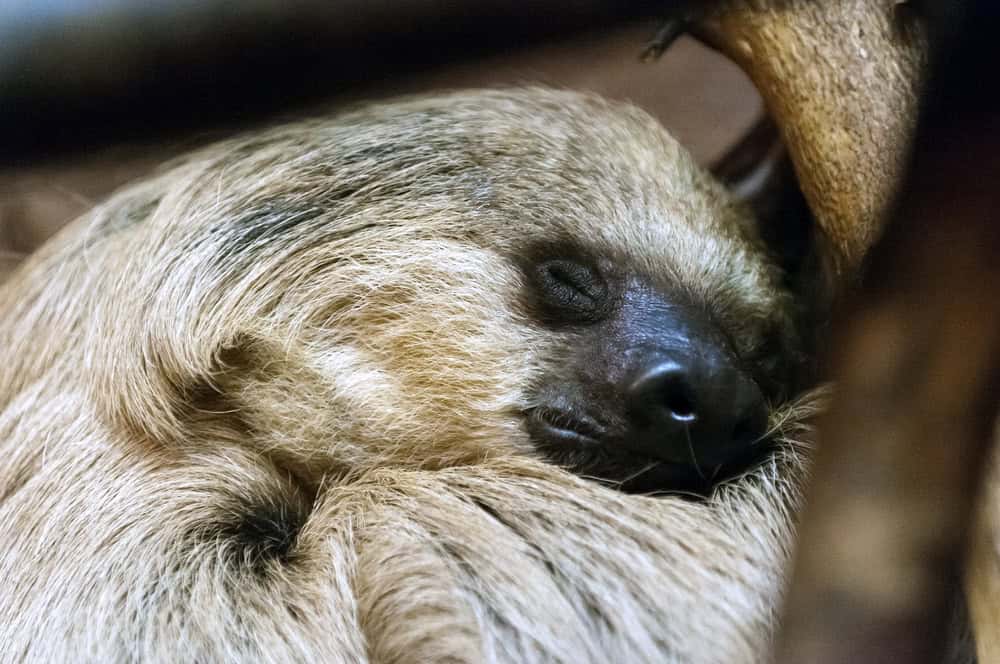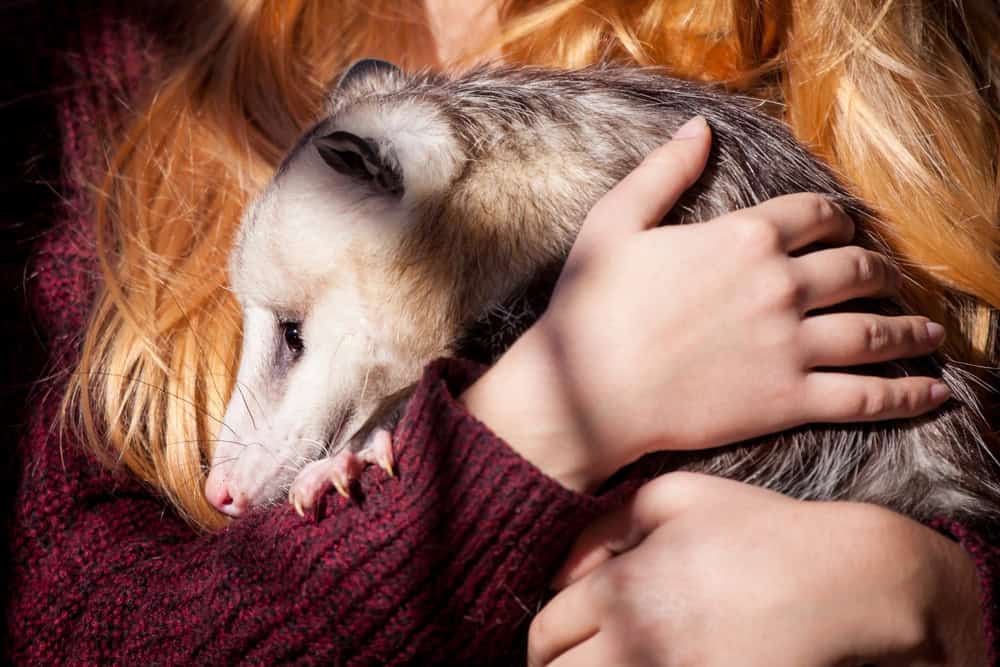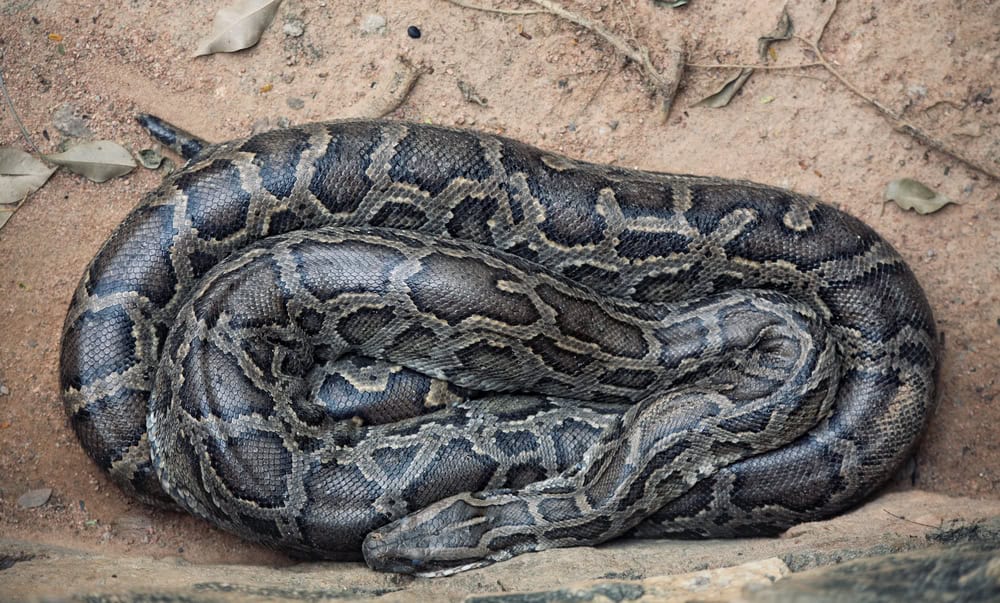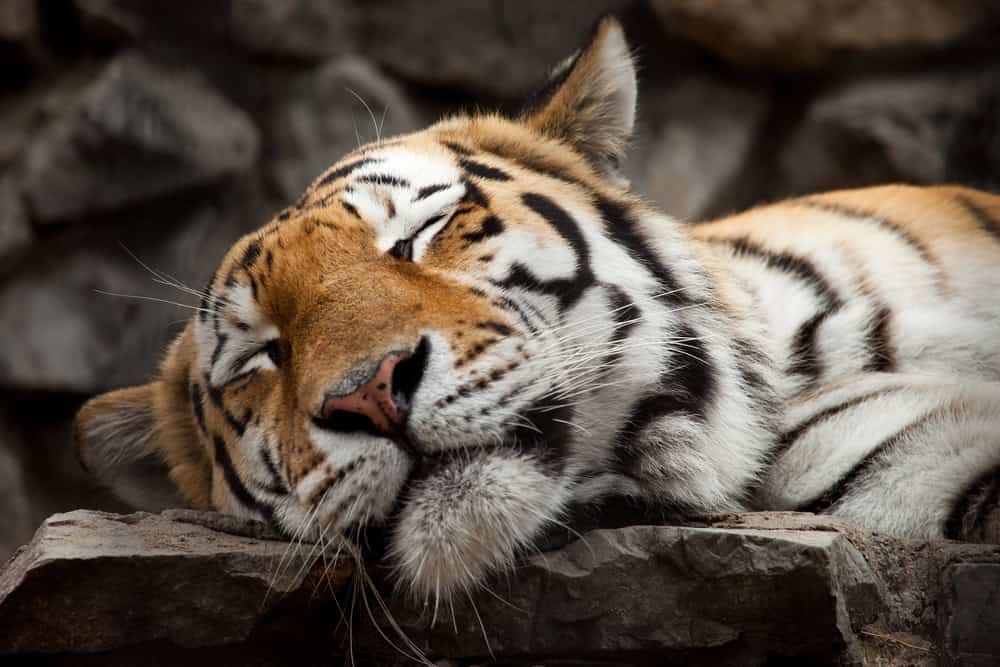Ever wondered which animals spend most of their lives in dreamland? The animal kingdom is full of fascinating creatures, From the lethargic sloth to the napping koala, these animals have perfected the art of rest. Let’s explore the sleep habits of the world’s sleepiest animals and discover how their unique sleeping patterns help them thrive in the wild.
The Koala: A Sleepy Eucalyptus Lover

Koalas can often be seen nestled in eucalyptus trees, enjoying their favorite pastime: sleeping. These marsupials can sleep up to 22 hours a day, which is one of the longest sleep durations in the animal kingdom. Their diet consists mainly of eucalyptus leaves, which are low in nutrients and require a lot of energy to digest, leading to their extensive rest periods. The combination of a specialized diet and a slow metabolism makes long naps essential for koalas.
The Brown Bat: Master of Daytime Naps

Brown bats are another species that take sleep to an extreme level, averaging around 20 hours of sleep per day. These nocturnal creatures hunt insects at night, using echolocation to navigate and find food in the dark. During the day, they roost in dark secluded places to rest and recover. This extensive sleep helps them conserve energy and maintain their hunting efficiency.
The Sloth: Slow and Steady Sleepers

Sloths are famous for their slow movements and leisurely lifestyle, often spending up to 20 hours a day sleeping. Found in the treetops of Central and South American rainforests, sloths move slowly to conserve energy and avoid predators. Their slow metabolism and low-energy diet of leaves contribute to their need for prolonged rest. This sedentary lifestyle has helped sloths survive in their arboreal habitats for millions of years.
The Giant Armadillo: Burrowing Sleep Enthusiast

Giant armadillos, native to South America, are known for their impressive digging abilities and extensive sleep habits. These armored creatures can sleep up to 18 hours a day in the burrows they dig for shelter. Their nocturnal nature means they are most active at night, foraging for insects and small vertebrates. They spend the rest of the time sleeping to conserve energy and avoid the heat of the day.
The Opossum: Nighttime Napper

Opossums, found in the Americas, are marsupials known for their nocturnal habits and lengthy sleep periods. They can sleep up to 18 hours a day, often in trees or burrows. Their diet includes fruits, insects, and small animals, which they hunt at night. During the day, they rest to conserve energy and avoid the dangers of daylight activity.
The Python: Resting and Digesting

Pythons, large constrictor snakes found in Africa, Asia, and Australia, are known for their lengthy digestion periods and extensive sleep. They can sleep up to 18 hours a day, especially after consuming a large meal. These snakes use their rest time to digest their prey, which can take days or even weeks. Their slow metabolism and energy-efficient hunting methods contribute to their need for prolonged sleep.
The Tiger: Striped Sleep Specialist

Tigers, the largest big cats found in Asia, are known for their striking appearance and extensive sleep habits. They can sleep up to 15 hours a day, often in dense forests or grassy areas. As solitary hunters, they need to conserve energy for stalking and capturing prey. Their sleep patterns help them maintain their strength and agility for hunting.
Celebrating Sleepy Animals
These sleepy animals showcase the diverse and fascinating ways different species have adapted to their environments. Whether it’s conserving energy, avoiding predators, or surviving harsh conditions, their sleep habits play a major role in their survival. By understanding these unique behaviors, we can appreciate the importance of sleep in the animal kingdom. It’s a reminder of the incredible adaptability and resilience of nature.
- 24 Secret Ideas That Attract Hummingbirds to Your Garden - August 14, 2025
- The Fastest Land Animals in the US - August 14, 2025
- What Makes the Indo-Pacific Humpback Dolphin Rare and Vulnerable - August 14, 2025
